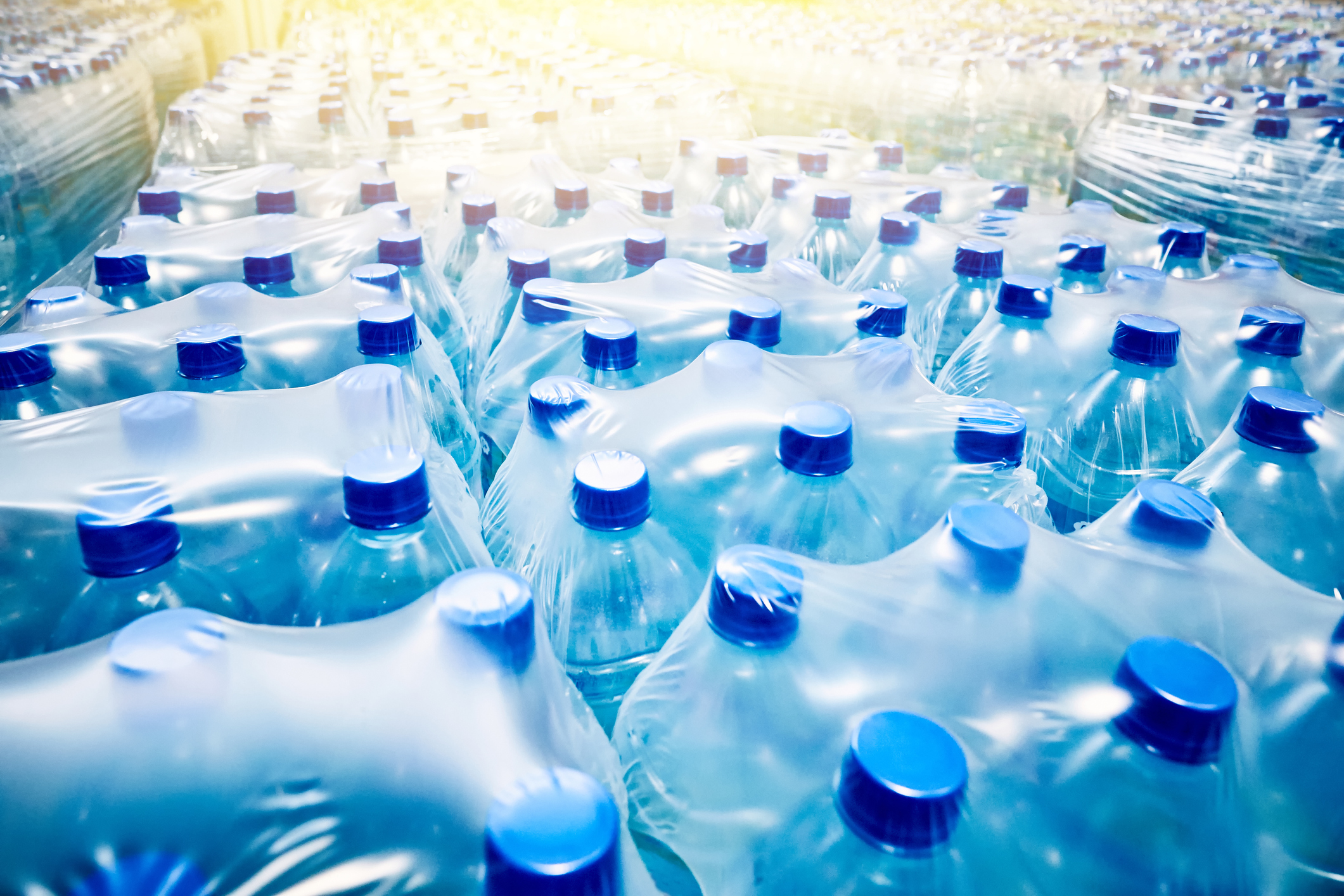Freshly Prepared Lab Water or Commercially Bottled Pure Water? Part 1
6 Feb. 2020

Is Ultrapure Water a Commodity in the Lab?
Pure water is often seen as a commodity in the laboratory. Purified water can be provided from a laboratory water purification system on-site or purchased in bottles or other containers (also known as packaged water). But which is the better option?
Why Prepare Ultrapure Water Yourself When you can Buy it in Bottles?
Using a packaged form of pure water may seem to be an attractive way to meet your need for purified water, integrating it into laboratory operations as yet another laboratory reagent, complete with expiry dates, lot numbers, and documentation certifying its purity.
In reality, this apparent simplicity is much less clear-cut. Water is uniquely pure among laboratory reagents and it cannot be treated in the same way as other chemicals. Purity data supplied with the bottled lab water does not mean that it can be used without further testing to ensure its suitability for its intended use. Storage and handling also become major issues (Whitehead 2009).
Types of Bottled Lab Water
Packaged or bottled purified waters available for laboratories may be divided into three general types:
- Pure or laboratory grade water for general laboratory use is supplied in volumes of 1 to 200 litres. These are often described as “distilled” or “deionized” and may be sold as equivalent to USP or other pharmacopoeia “Purified Water” grades or as meeting ASTM standards.
- Intermediate purity waters are sold for certain applications such as HPLC in volumes of 1 to 5 litres or more. They are often designated as “HPLC Grade”.
- Specialist waters for specific techniques are available in bottles or vials. They may be provided with certificates of analyses. The major applications are for HPLC, LC-MS and for molecular biology, in particular for PCR, often where volumes of much less than 1 litre are needed.
Water Purity Limitations of Bottled Lab Water
For packaged waters, the purity stated is based on the purity of the water being used to fill the container and/or on tests on a small proportion of the filled containers. This approach offers no guarantee of the water purity in an individual container. Contamination from the container and contamination once the container is open can both cause serious problems.
Water from water purification systems has been compared with these HPLC grade bottled waters (Tarun et al 2009 and Whitehead 1998). An example is where there are detectably more phthalates present in the bottled water. This poorer performance may be a result of the use of less pure water to fill the bottles, inadequate cleaning of bottles or the preparation and bottling of these waters in the same facility used to prepare organic solvents. Even if these issues are avoided, there remains the risk of leachates and bacterial growth leading to contamination on storage.
Dr Paul Whitehead
After a BA in Chemistry at Oxford University, Paul focused his career on industrial applications of chemistry. He was awarded a PhD at Imperial College, London for developing a microwave-induced-plasma detector for gas chromatography. He spent the first half of his career managing the analytical support team at the Johnson Matthey Research/Technology Centre,specialising in the determination of precious metals and characterising applications such as car-exhaust catalysts and fuel cells. Subsequently, as Laboratory Manager in R&D for ELGA LabWater, he has been involved in introducing and developing the latest water purification technologies. He now acts as a consultant for ELGA.
